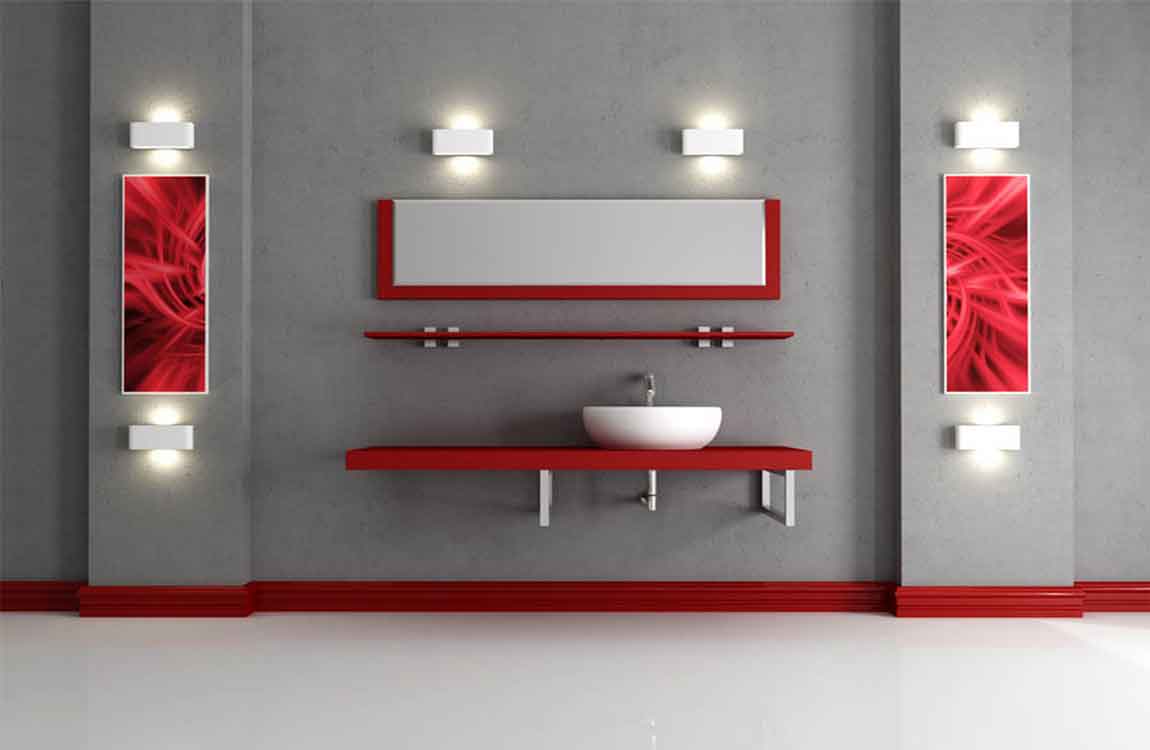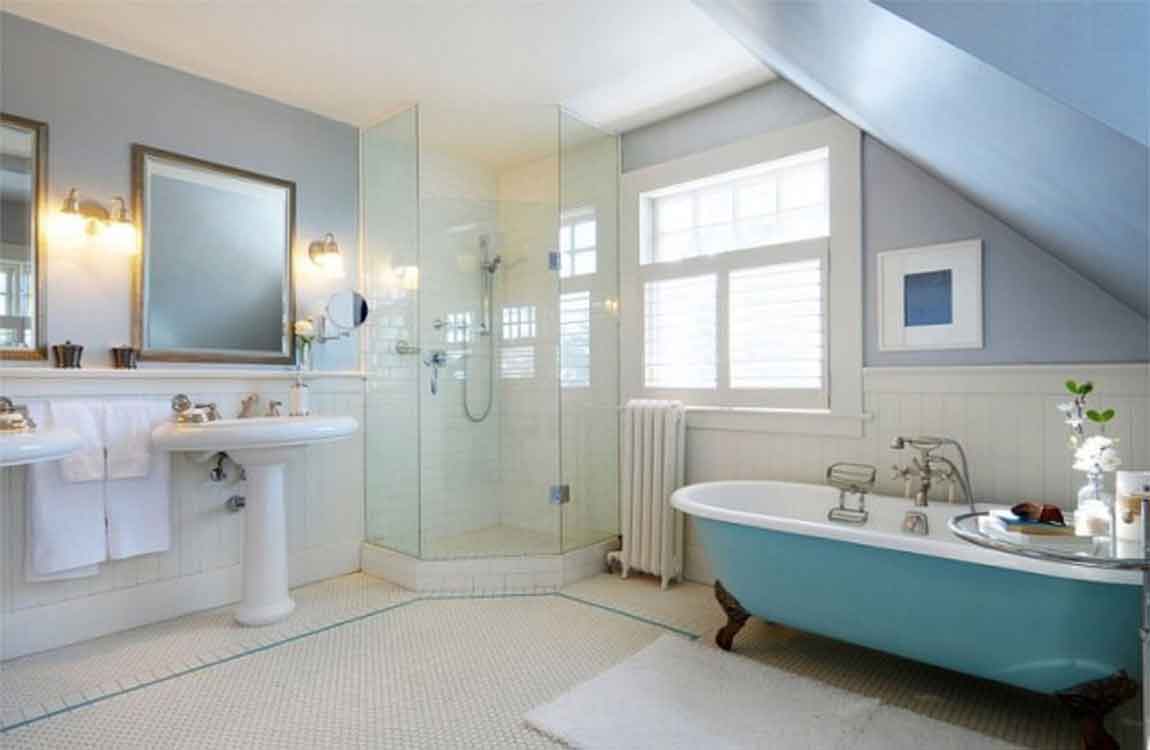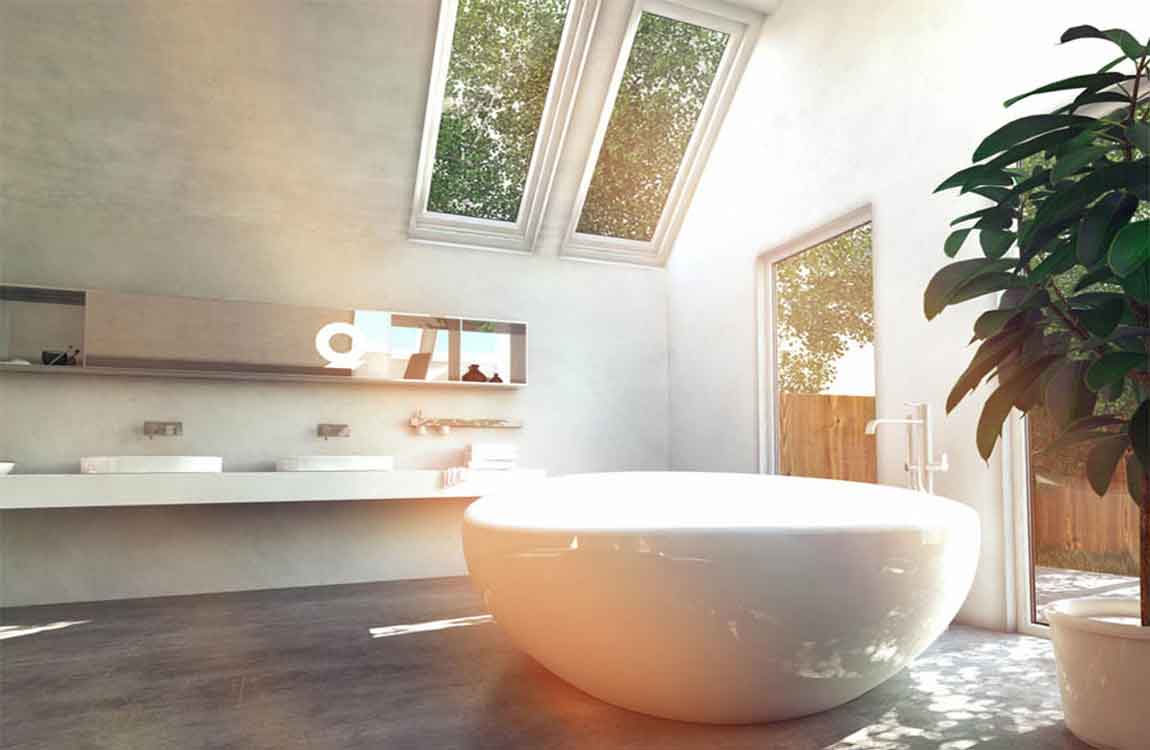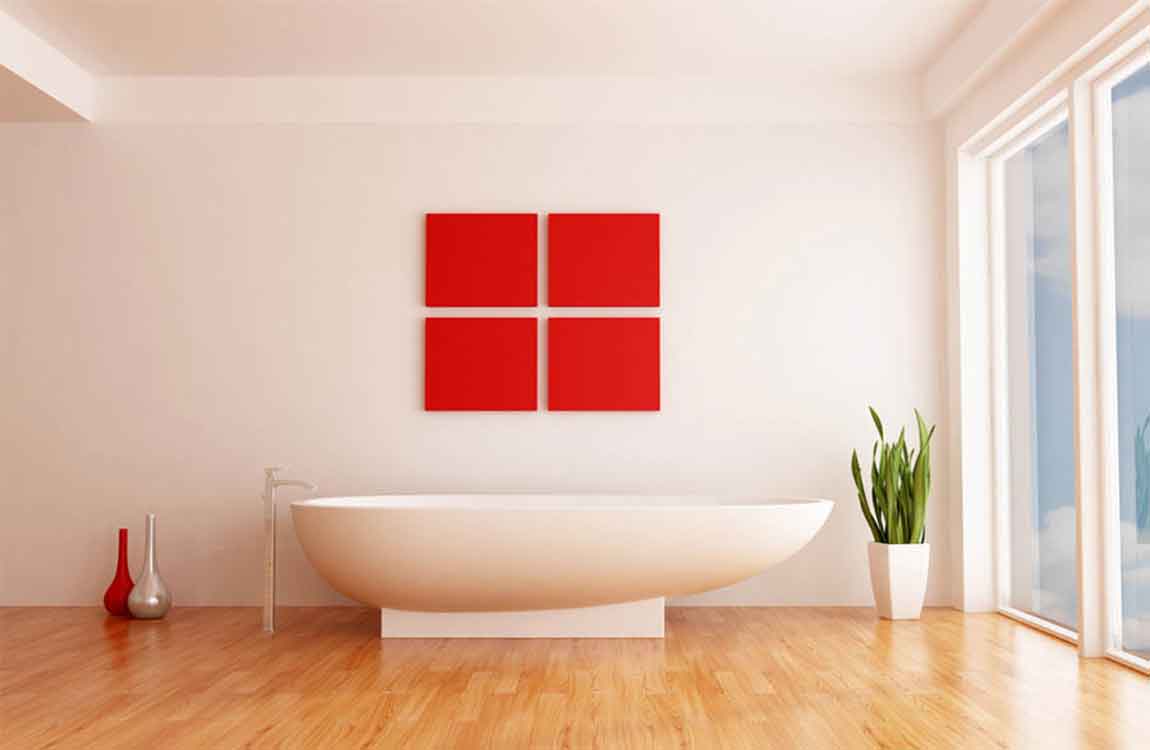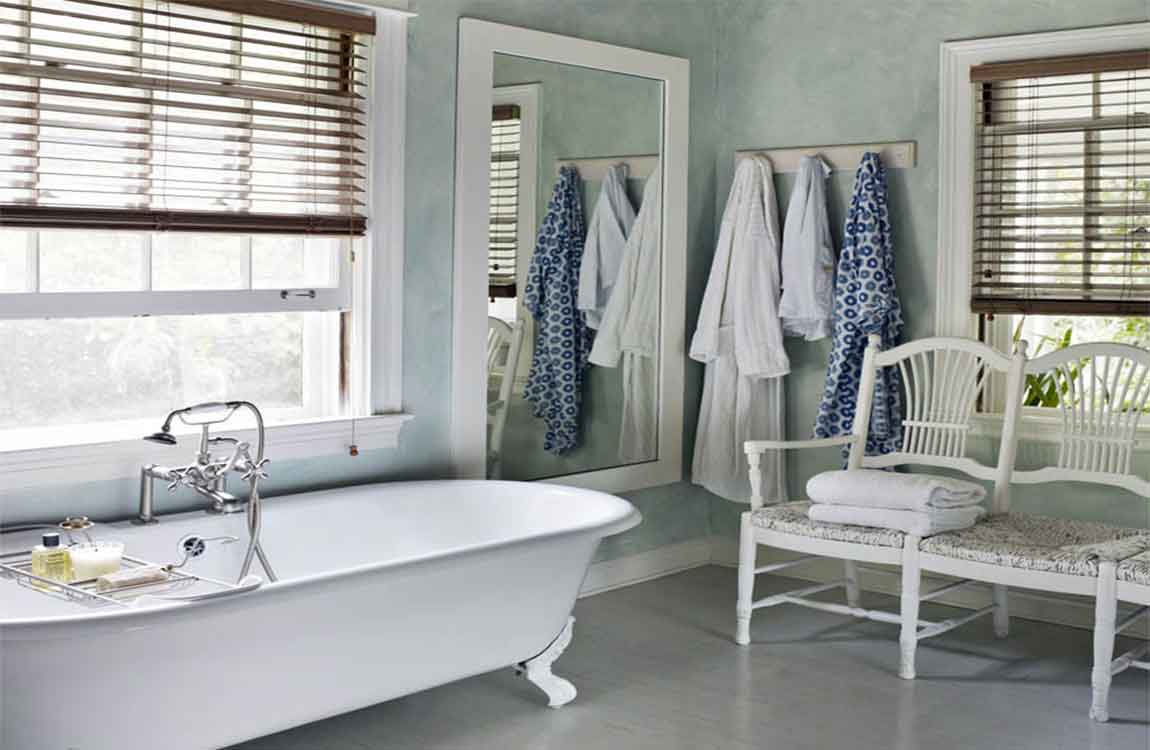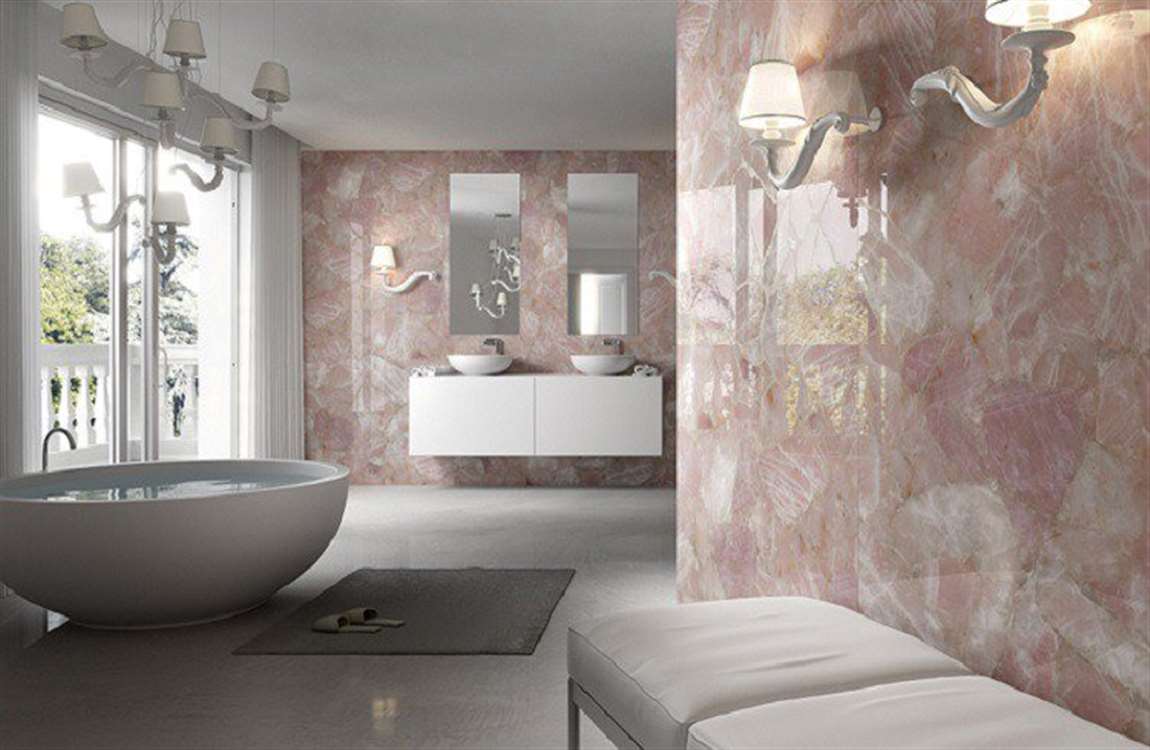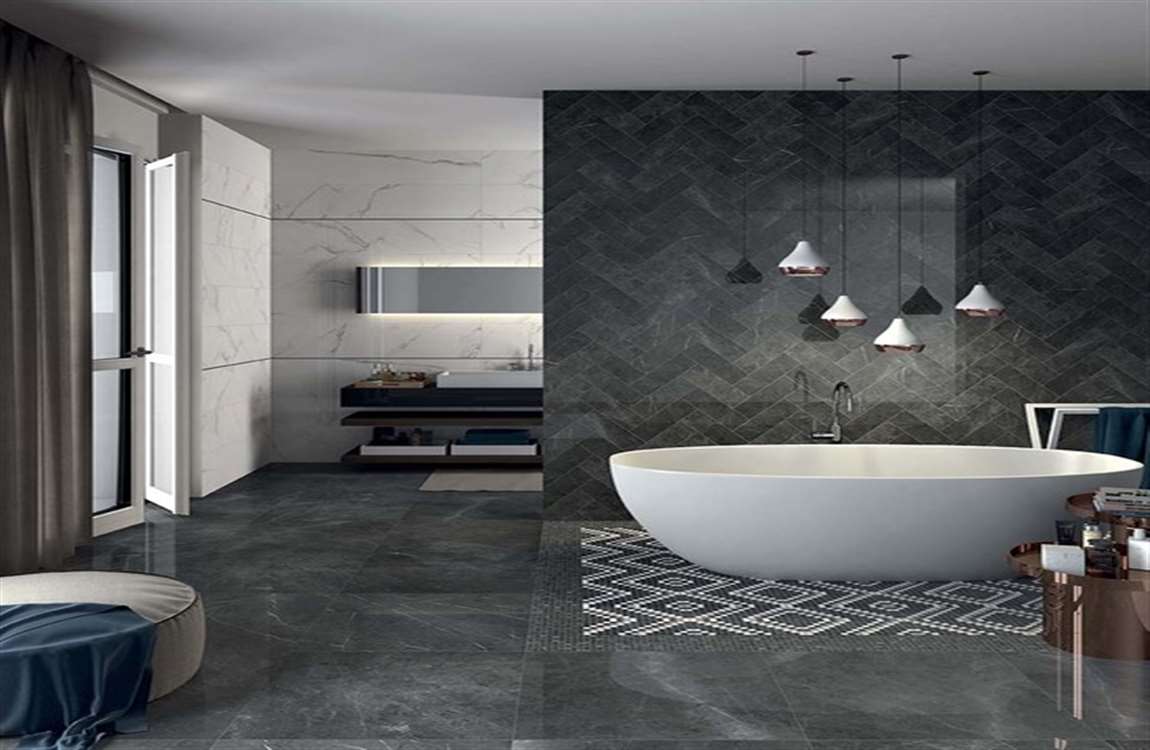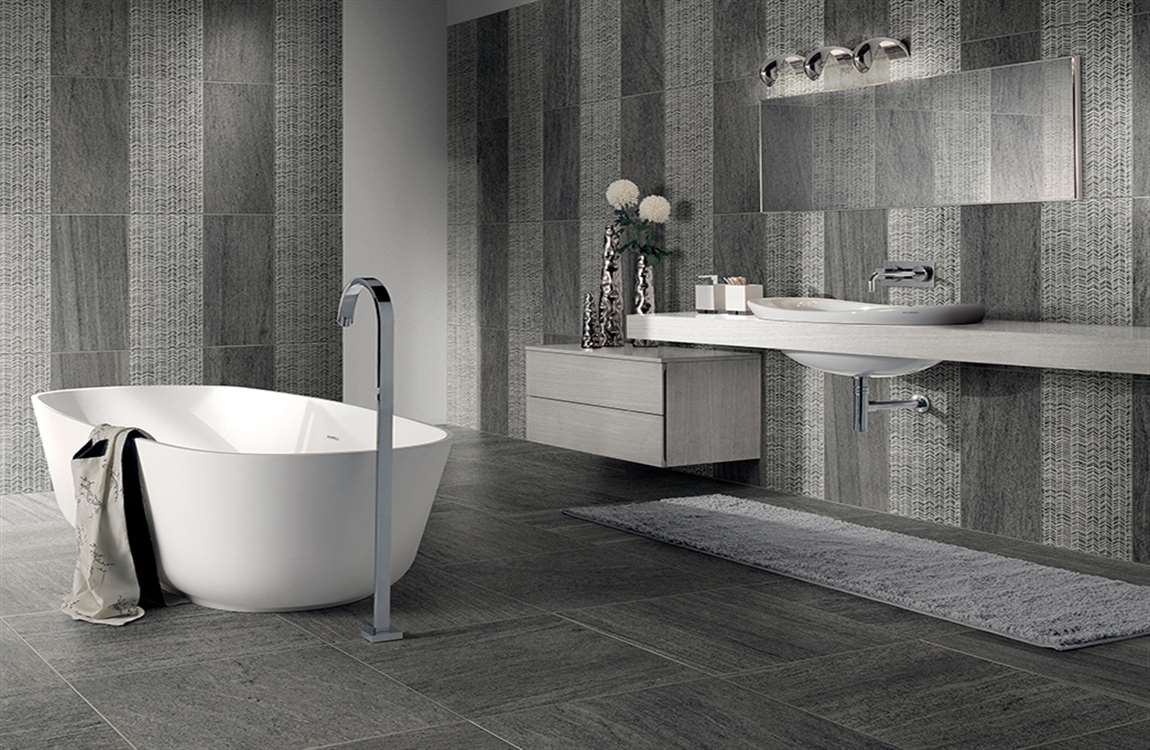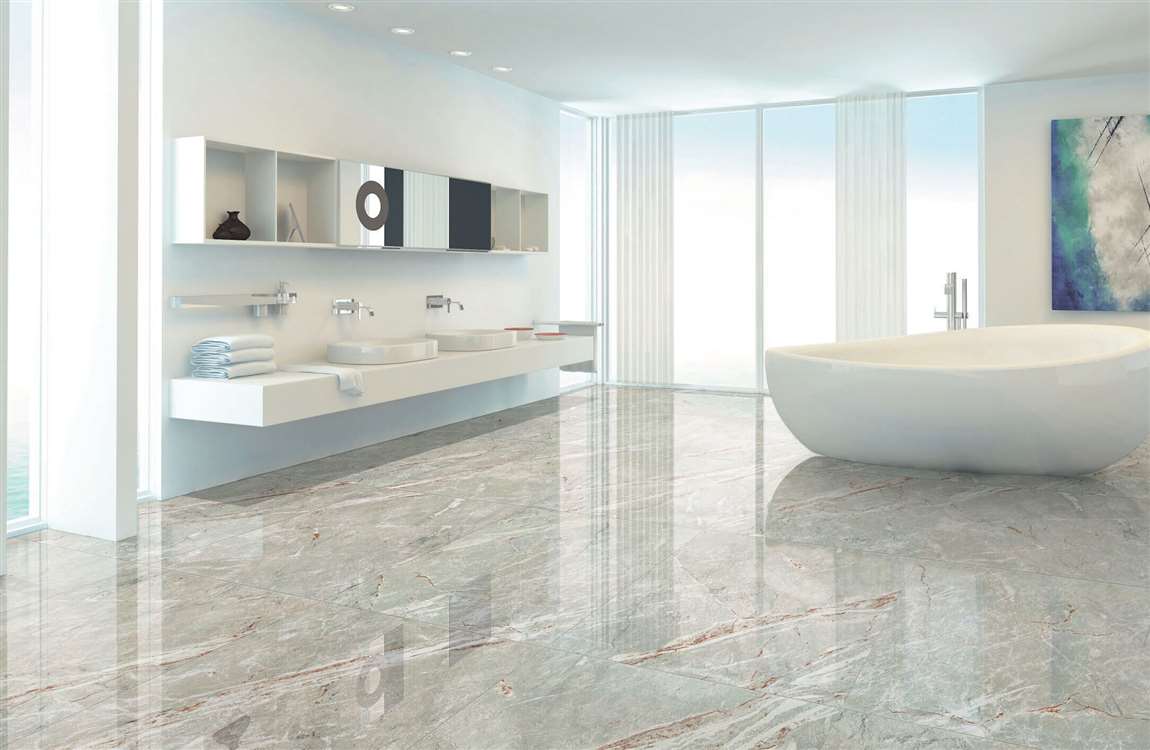How Using Vinegar and Water?
Mix together vinegar and water. Ordinary vinegar makes a versatile cleaning solution that’s both safe and all-natural. Combine equal parts distilled white vinegar and warm water in a small spray bottle. Shake the bottle to make sure the two liquids are thoroughly blended.
The heat from the water will be even more helpful for releasing dried stains from the surface of the shower. For even better results, add a few drops of mild liquid dishwashing detergent. The soap will emulsify dirt and oil while the vinegar brightens and disinfects.
Treat problem areas with the vinegar solution. Mist the inside shower with the vinegar solution. Be sure to address spots with the worst buildup. This may include unexpected places like the shelving at the top of the shower or the area around the drain. Don’t forget to get inside cracks and crevices and along recessed panels and soap dishes. Pure vinegar makes the perfect antidote to mold and mildew growth.
Leave the vinegar to break down stains. Vinegar is an effective natural solvent, but it requires a little time to work effectively. For most light or moderate messes, the vinegar should sit for at least half an hour. To remove heavier buildup, you may even want to let it remain for 1-2 hours to ensure success.
If vinegar alone isn’t cutting it, sprinkle a little baking soda over the affected area before spraying it again. The foaming action produced by the two cleaners will eat away at stubborn gunk and grime. A mixture of hydrogen peroxide and cream of tartar can make a convenient substitute for baking soda and vinegar.


